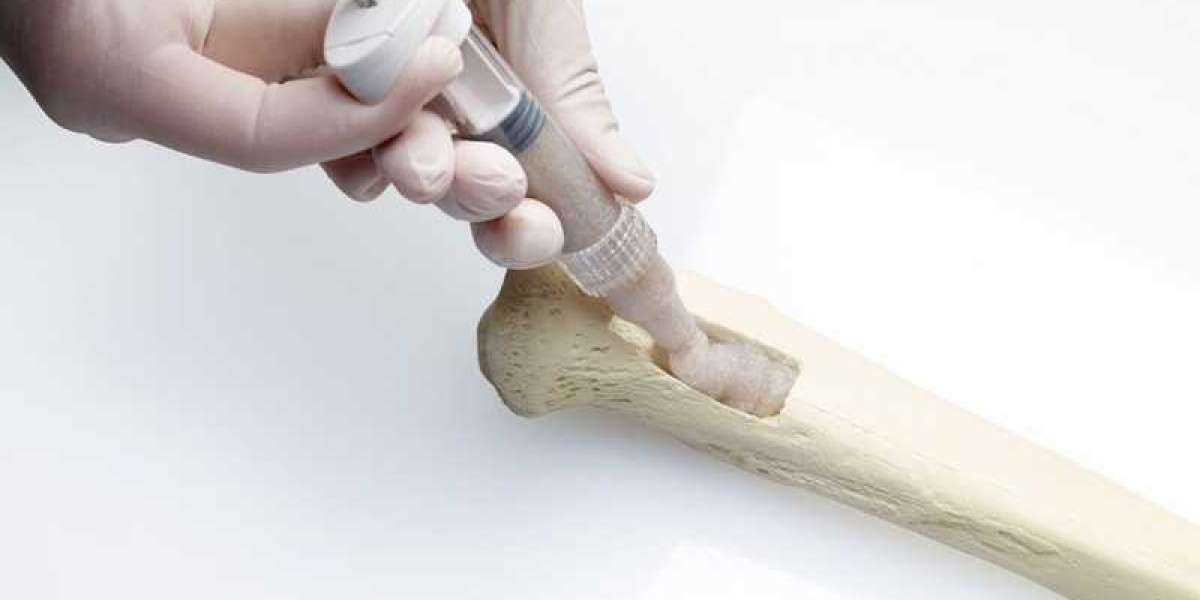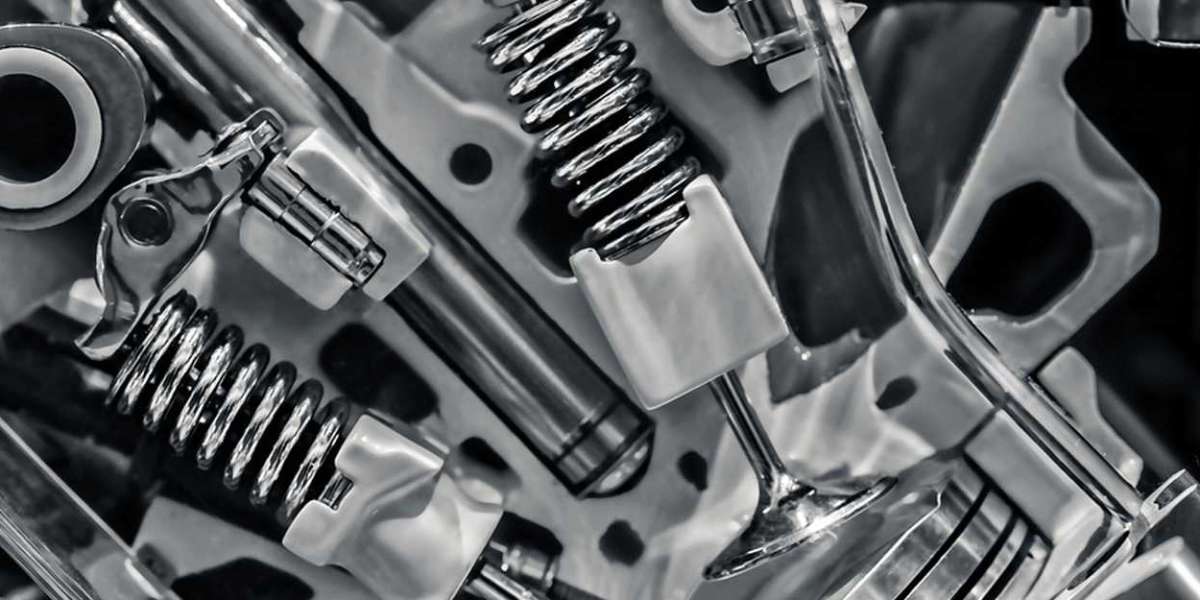Options in the Bone Graft Substitute Market
Bone grafts are essential for various surgical procedures, from repairing fractures to supporting spinal fusions. But with a growing demand for alternatives to traditional bone harvesting, the Bone Graft Substitute Market is thriving. Let's explore the different types of substitutes available, along with the latest advancements and key players advancing innovation.
- Understanding Bone Graft Substitutes
The Bone Graft Substitute Market offers a variety of solutions, each with its own advantages and considerations:
- Allograft: Bone tissue harvested from a donor, offering structural support and osteoinductive properties (promoting new bone growth). However, concerns about disease transmission and availability exist.
- Demineralized Bone Matrix (DBM): Processed allograft bone with most of the minerals removed. It provides osteoconductive properties (guiding new bone growth) but may not be as structurally supportive as other options.
Synthetic Bone Grafts: These use synthetic materials like hydroxyapatite to mimic the structure of natural bone. Advancements are focusing on improving their osteoinductivity and achieving long-term biocompatibility.
- Bone Morphogenic Proteins (BMPs): Signaling molecules that stimulate bone formation. While highly effective, BMPs can be expensive and raise safety concerns regarding uncontrolled bone growth.
- Cell-based Matrices: An emerging technology using stem cells or other cells to promote bone regeneration. This field holds immense promise but faces challenges in development and commercialization.
Additional Considerations:
- 3D-printed bone grafts are a growing area of research, offering potential for customized solutions based on a patient's specific needs.
- The choice of bone graft substitute depends on the type of surgery, defect size, and patient factors. Healthcare providers consider cost-effectiveness alongside patient needs.
- Key Players in the Bone Graft Substitute Market
Several leading companies are pushing the boundaries in bone graft substitutes:
- Medtronic: A medical device giant with a presence in bone graft substitutes, including synthetic options and BMP delivery systems.
- AlloSource: A leading processor of allograft tissues, focusing on optimizing safety and availability of allograft bone grafts.
- Zimmer Biomet Holdings Inc.: Develops and manufactures various bone graft substitutes, including synthetic materials and DBM options.
- Stryker: A major player in medical devices, Stryker offers a range of bone graft substitutes, catering to diverse surgical needs.
- Smith Nephew: Provides a portfolio of bone graft substitutes, including synthetic options and DBM products.
Additional Innovators:
- Johnson Johnson Services Inc.: Offers bone graft substitutes through its Depuy Synthes business unit.
- Baxter International Inc.: Develops and manufactures DBM products for bone regeneration.
- Integra Lifesciences Holdings Corporation: Provides various bone graft substitutes, including synthetic materials and DBM options.
- Orthofix Holdings Inc.: Develops and manufactures bone graft substitutes, focusing on both synthetic and biologic options.
- Geistlich Pharma: A leader in bone grafting materials, offering a range of allograft and xenograft (animal-derived) bone graft substitutes.
- SeaSpine: Develops and manufactures bone graft substitutes with a focus on spinal surgery applications.
These companies represent the diverse landscape of the Bone Graft Substitute Market, each contributing to advancements in materials, processing techniques, and overall efficacy.
- The Future of Bone Graft Substitutes: Emerging Technologies and Trends
The Bone Graft Substitute Market is fueled by exciting advancements:
- Personalized Medicine: Tailoring bone graft substitutes to individual patient needs using 3D printing and potentially even patient-derived cells.
- Genetically Modified Bone Grafts: Research is exploring the use of genetically modified cells to enhance the effectiveness of bone graft substitutes.
- Bioengineered Bone Constructs: Combining synthetic scaffolds with stem cells or growth factors to create more complex and functional bone substitutes.
The future of bone regeneration shows great promise, offering patients quicker healing, better results, and possibly less invasive procedures with these innovations.
We can gain valuable insights into the market transforming bone repair and regeneration techniques by understanding the available bone graft substitute options, the key players advancing innovation, and the exciting future trends.
For more information visit at MarketResearchFuture
Other Trending Reports



